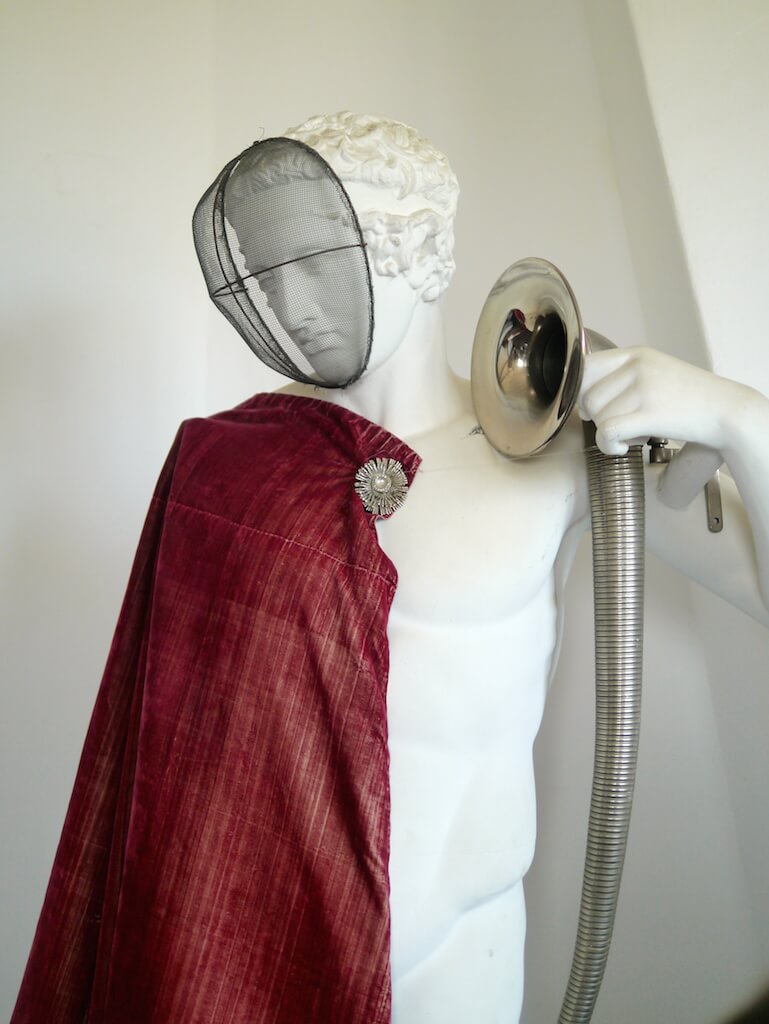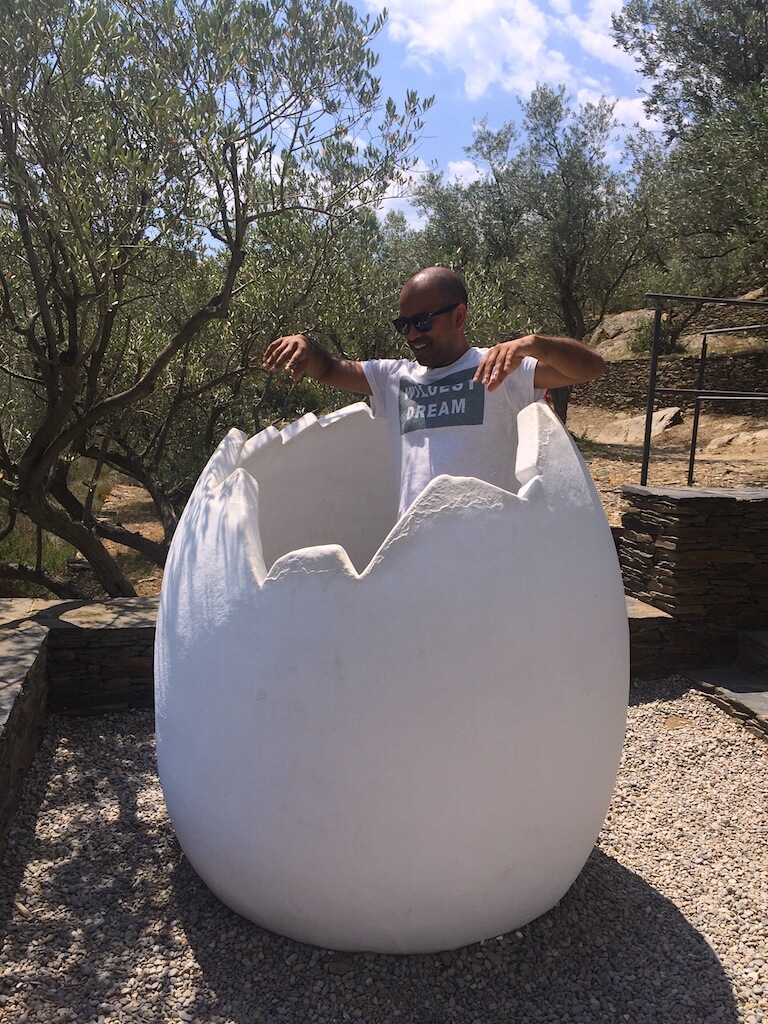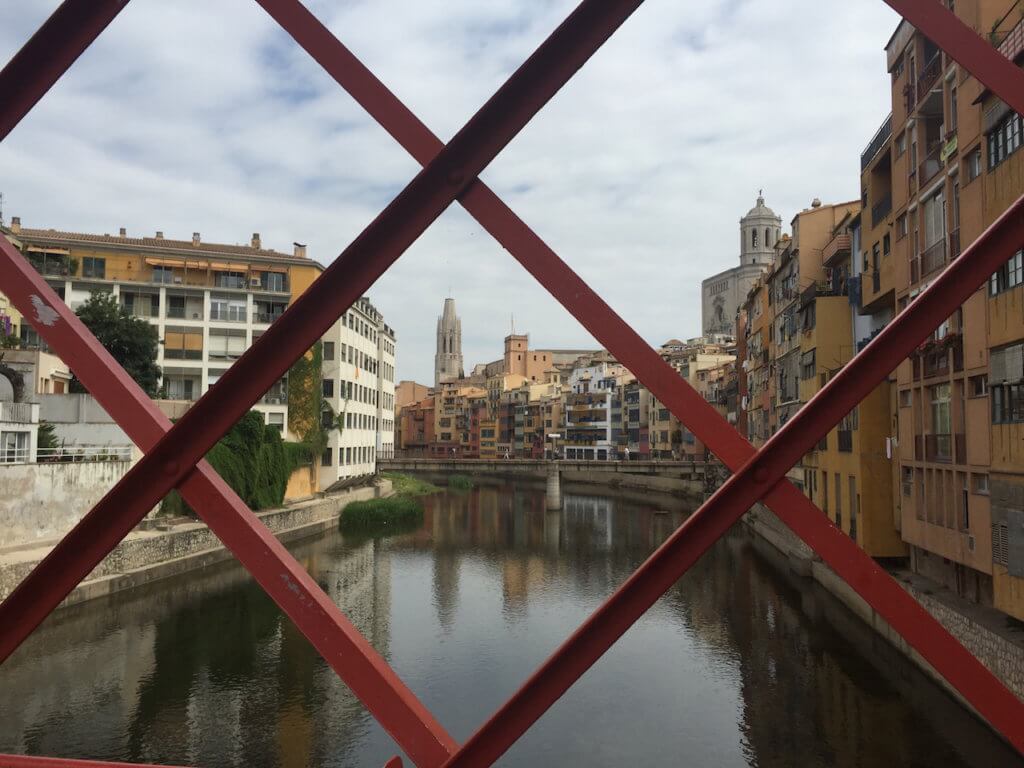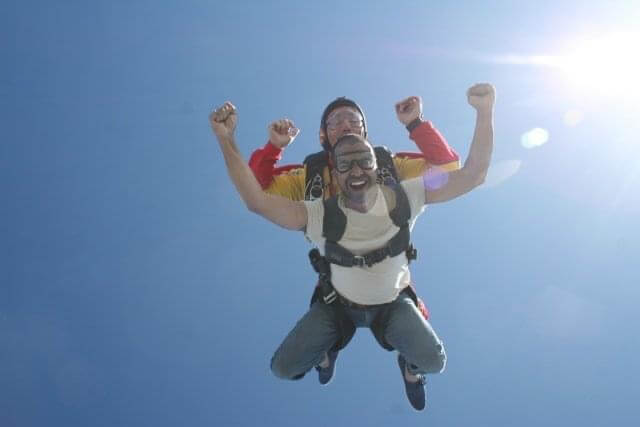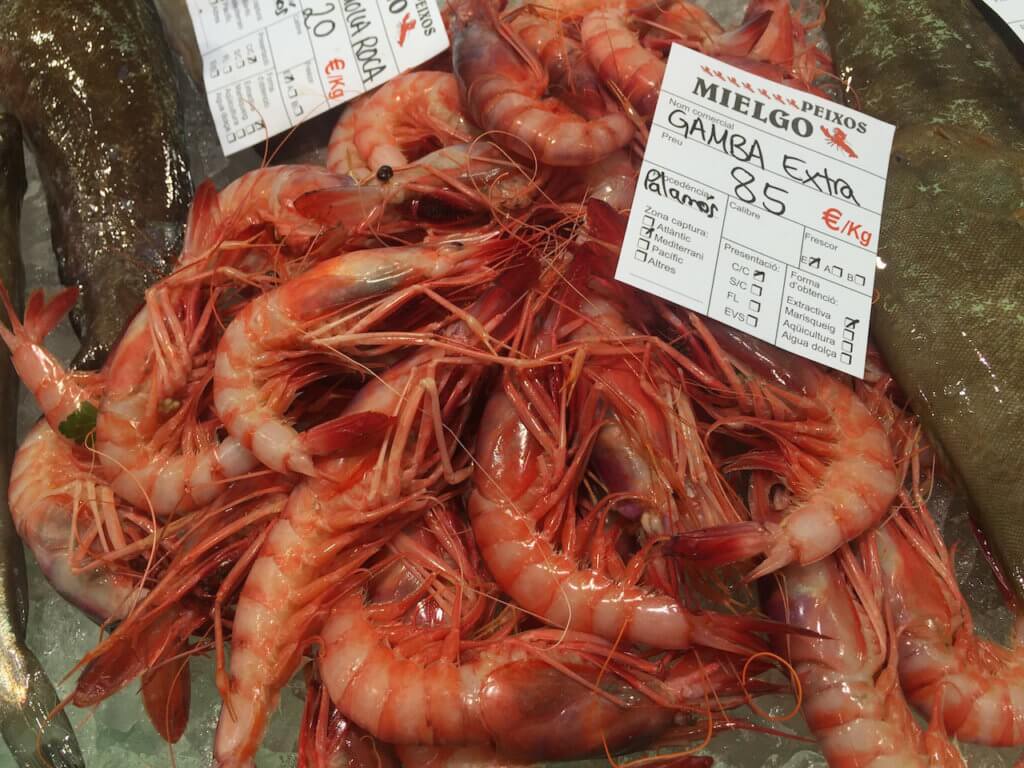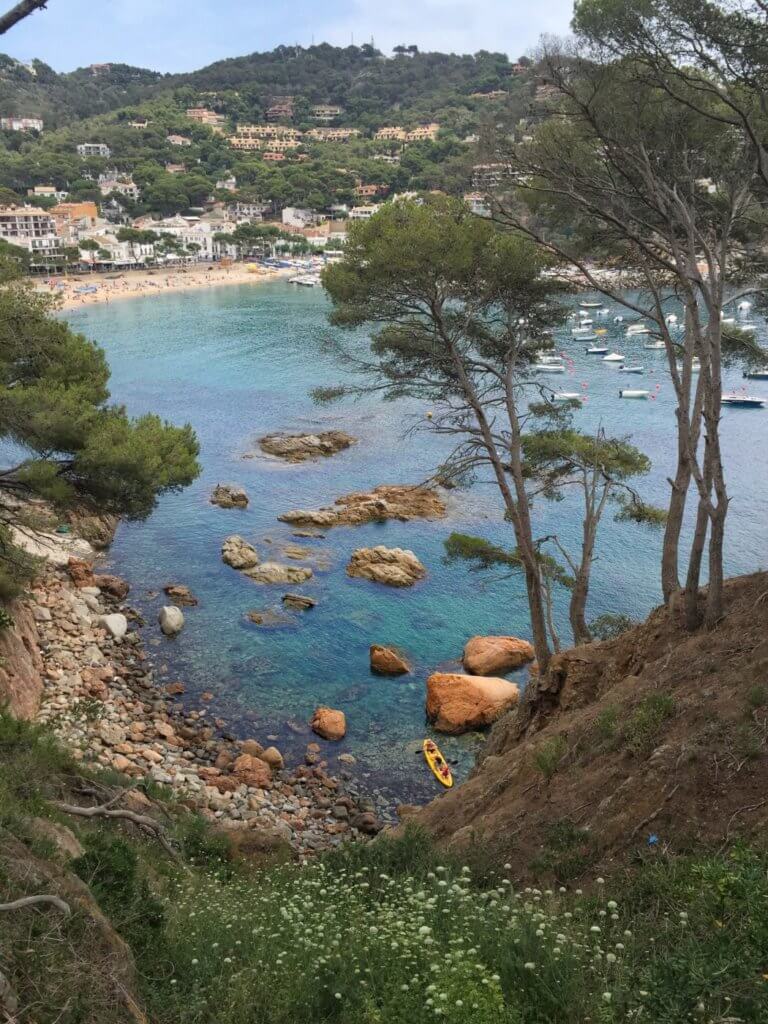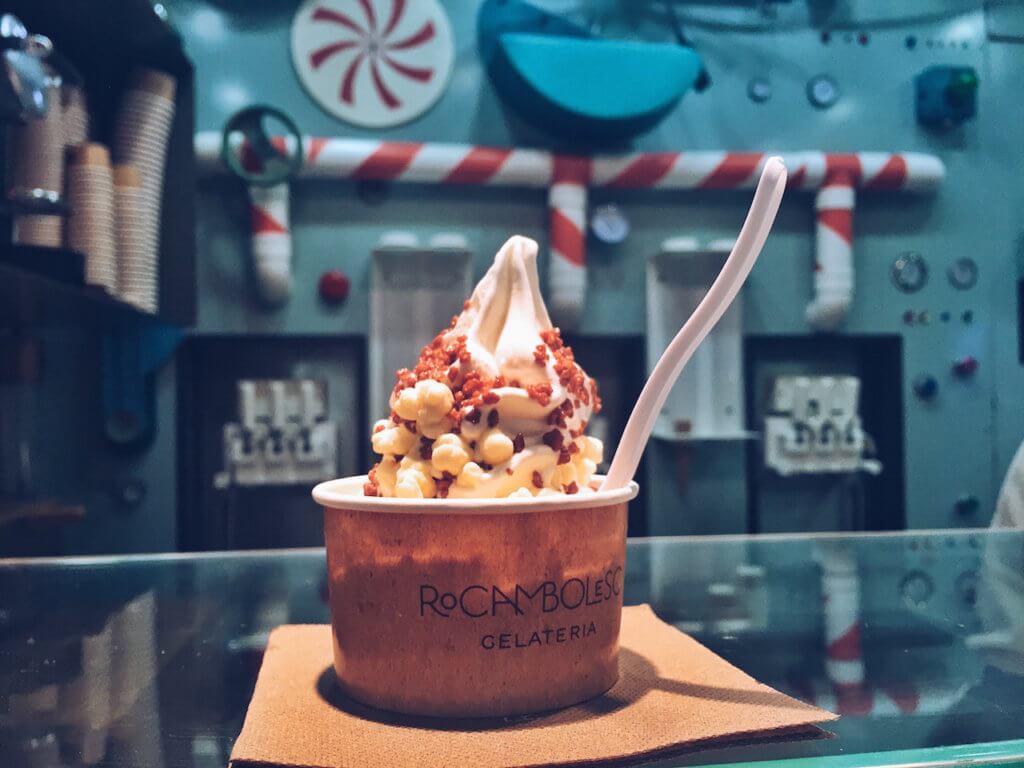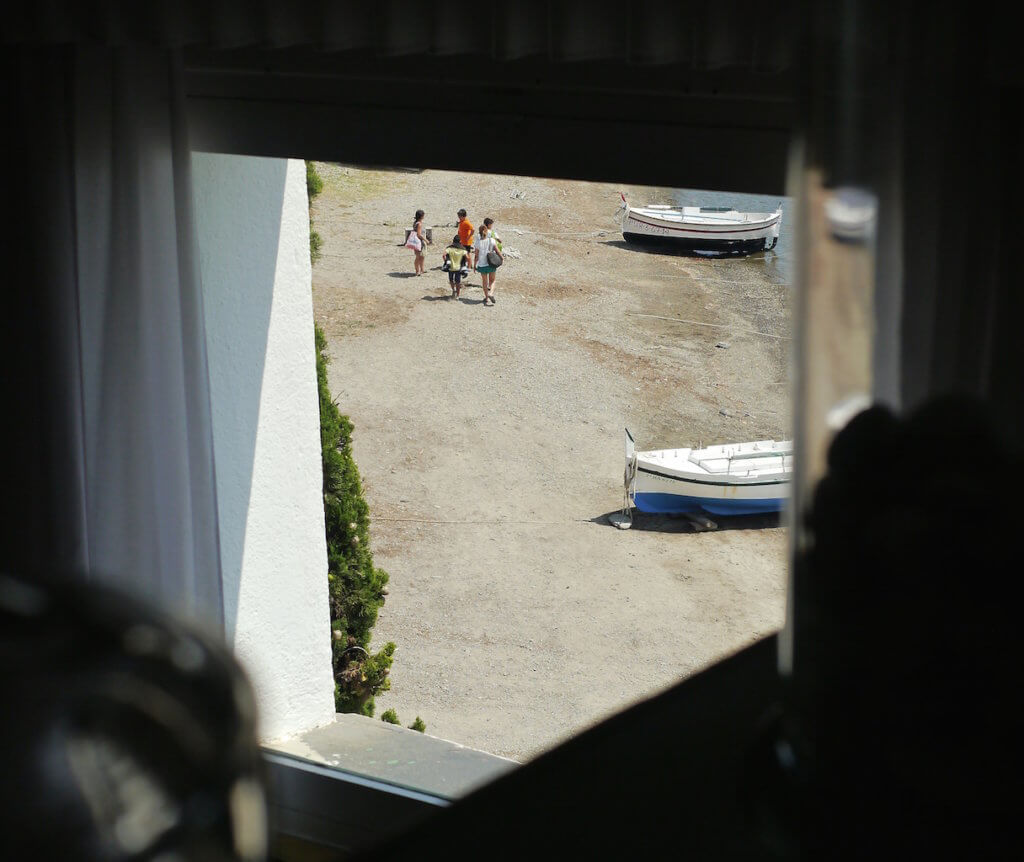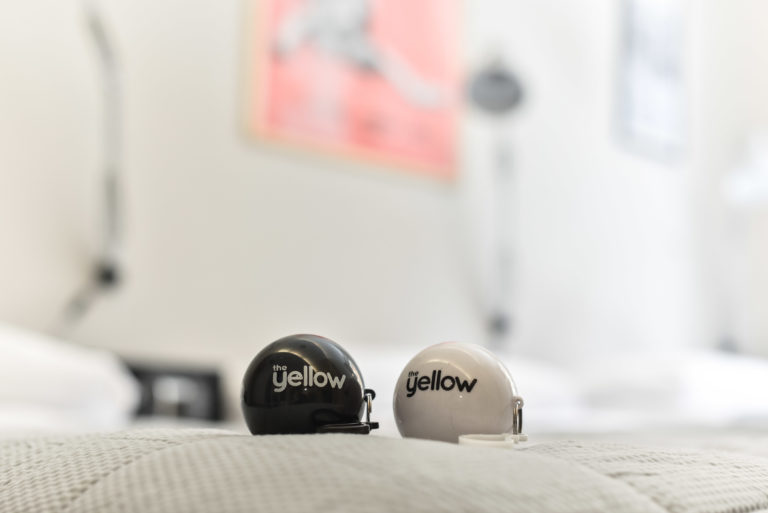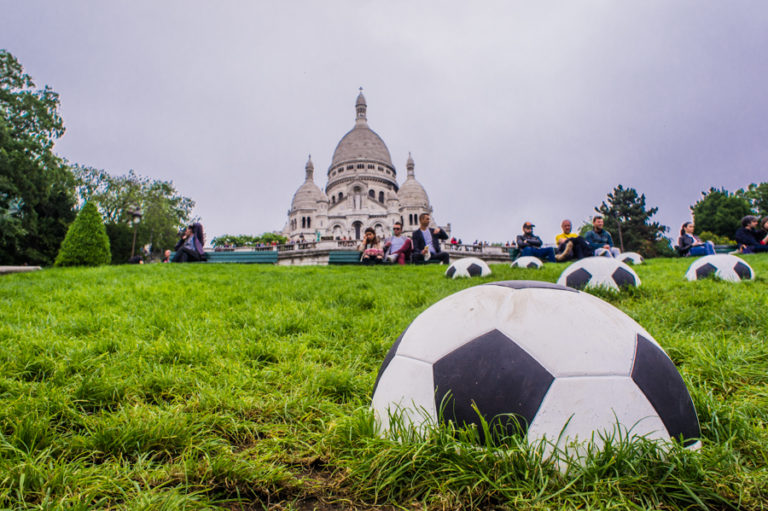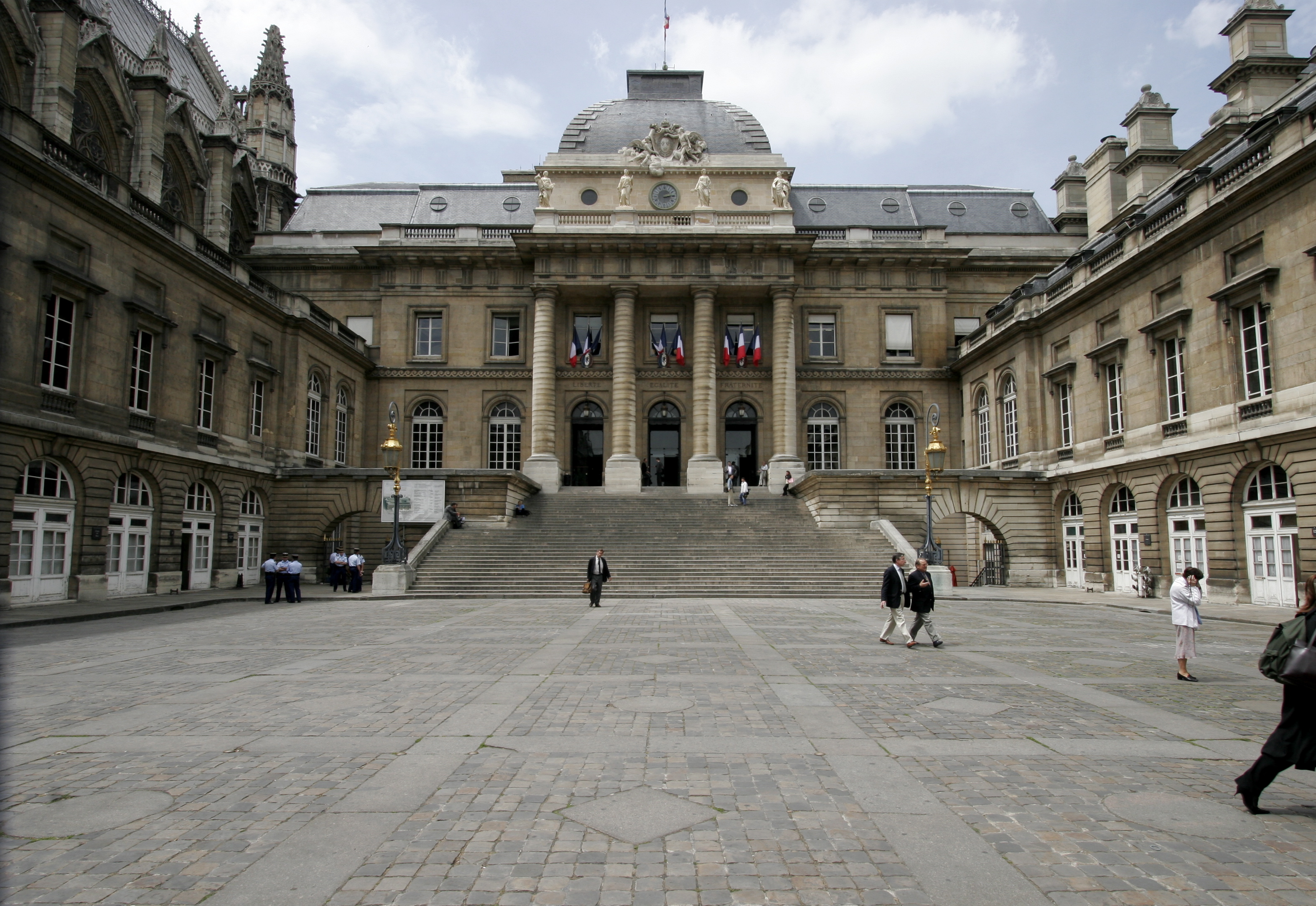7 reasons to visit Costa Brava
“It’s obvious that other worlds exist, that’s certain; but as I’ve already said on many other occasions, these other worlds are inside ours, they reside in the earth.”
Salvador Dali
Just like the painter himself, Costa Brava is a somewhat surreal place. Wildly eccentric at times. Yet very accessible. A place where you feel that art is in everything you see, touch or feel. A perfect place to escape – this is a land that was created as a result of someone’s wild fantasy. A world that exists between wonderful extremes : from the rugged wild mountains of the Pyranees to the stunning Costa Brava coastline, where little hidden coves can only be embraced by the azure blue waters of the Mediterranean sea. Costa Brava is a holiday destination which does not have just one face and attribute: it is fluid, interchangeable and always entertains, much like the region’s favourite football team: Barcelona FC. So, whether you love alternating between Greek and Roman ruins and long sandy beaches, experiencing the wild outdoors or simply seeking gastronomic perfection: a holiday in Costa Brava has it all. Here are 7 great reasons and experiences why you should visit Costa Brava.
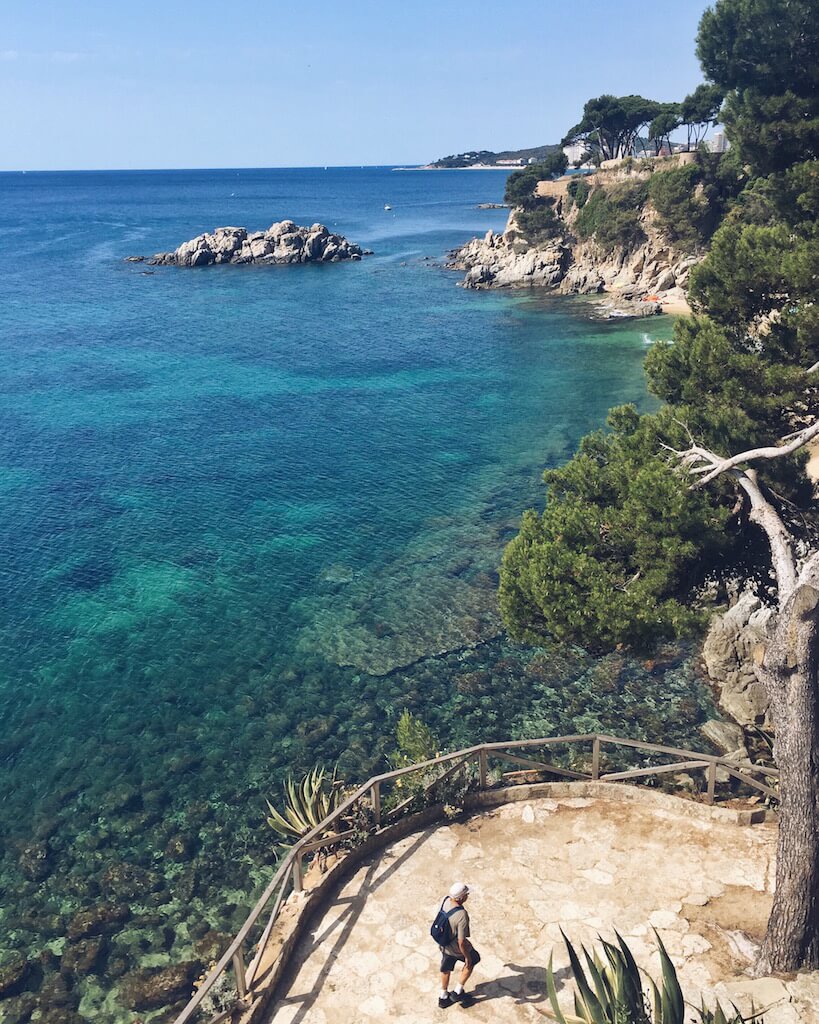
1. Walk the Camino do Ronda
One of the joys of holidaying in Costa Brava is hiking the Camino do Ronda, a 220km walkway, that stretches from Blanes to the city of Collioure, right before the border of France. While staying in Llafranc a few years ago I was recommend by the hotel staff to try a small section of the walkway from Llafranc to the neighbouring fishing village of Calella de Palafrugell and it was a revelation. Starting from the edge of Llafranc Bay where the walkway starts, I remember huffing and puffing my way up a hill, suddenly surrounded by a beautiful silence and intoxicated by the scent of Aleppo pine trees and salty sea air. A cool breeze drifted in from the sea and my pace slowed down. A few tight knots in my stomach unfurled themselves and soon I was in sight of an impossibly pretty fishing village, Calella de Palafrugell.
The views of the turquoise blue sea, the fishing boats waiting in the harbour and the ring of white washed cottages is straight out of a Thomas Cook brochure. I wish I had more time to explore the walkway but it was close to lunch and time to retrace my steps back to idyllic Llafranc.
2. Follow in the footsteps of Dali
Everytime I come to Costa Brava, it’s the feeling that I have left the real world behind and stepped into a fantasy world. This is a place that inspires. It brings out the inner artist in you. It encourages you to be your own person. No one symbolises the magic, the spirit of freedom that Costa Brava symbolises more than the man Salvador Dali himself. Start your pilgrimage of Dali with a trip to the wonderful Dali Museum in Figueres.
Dali’s mind was pure and unadulterated. He saw the world with a playful eye. My guide at the Dali Museum, Marta shared with me fun facts about Dali like the fact that he would put honey around his mouth and flowers on his moustache to attract flies to them. If you look up at the ceiling of the museum, if you observe carefully, after awhile you realise it looks like the two eyes of flies. Dali’s art reminds you that you can amuse yourself with your imagination and most importantly, nurture a sense of humour. Other works of art in the museum that represent this sense of humour and imagination is the painting of his wife, Gala, looking out of the window. Completed in 1976, the painting called “Gala Contemplating the Mediterranean Sea” when observed up close, shows a naked Gala looking out the window. However, if observed from a distance the painting appears to be none other than the famous ex-American president Abraham Lincoln.
Another place where Dali’s spirit is very much alive is the picturesque seaside village of Port Lligat, a place he called home between the years of 1930, till 1982 when his wife died. His house has now been converted into a museum.The Portlligat Museum-House has lovingly preserved the spirit of Dali, leaving the house just the way it would have been when Dali lived there. There is wonderful sense of calm and detachment about Port Lligat and neighbouring Cadaques. The whitewashed narrow maze of Cadaques brimming over with brightly coloured geraniums and bougainvillea, invite you to get lost.
Dali Museum: open all days except Monday 10.30am- 5.45pm – 17 euro entry
Address: Plaça Gala i Salvador Dalí, 5, 17600 Figueres, Girona, Spain
3. Visit Girona
Girona is an enchanting medieval city. If you like the idea of wandering aimlessly in a maze of cobbled streets and narrow alleyways and picking up wonderful nuggets of history at every turn – then Girona is your city. This is a city to relax and enjoy. You can happily lounge on one of the pavement cafes in the city square and watch the world go by or stroll through the Barri Vell (the Old Quarter), window shopping at one of the designer boutiques housed in the historic arcades. Wind your way up the steep steps to the Cathedral to be rewarded with views of its stunning Gothic spires and Romanesque towers, beyond this you’ll notice the medieval ramparts.
Top tip: Check out the single Gothic nave in the Cathedral, at 23m it is the widest in Europe.
4. Great place for Adventure Sports
Away from the pristine beaches and idyllic hidden coves, Costa Brava is rapidly emerging as an exciting hub for sports and outdoor activities. Rugged, wild mountain terrains with an excellent network of walking trails are not what people visualize when they think of the Costa Brava. Thanks to new initiatives like Lloret de Mar’s new Nordic Walking Centre, tourists can discover the region’s beautiful coastal paths and nature trails. Nordic Walking is the same as taking a normal daily stroll, but using specially designed poles, aimed at improving muscle, the cardiovascular system, coordination and mobility.
If you’re looking for something to get the pulses racing a bit more there is the small matter of Skydiving at over 12,500 feet above sea level at Empuriabrava: Europe’s biggest skydiving centre which hosts a 1000 jumps a day. I had the ‘pleasure’ of skydiving with a few friends of mine a few years ago and I must admit it’s the craziest and most amazing thing I have ever done in my life. Few words can describe the emotion I felt when the door of the light aircraft slid open and with the aid of my tandem partner, I launched myself into the battering strong wind. As the adrenaline kicked in, I felt a wave of exhilaration sweep through me and then peering through my goggles was the surreal feeling of seeing the fairytale Costa Brava landscape: rugged mountains, sea and beaches, all spread at my feet. Free fall was 60 seconds at 200km/hour ! , a real adrenaline buzz, like flying almost I guess. Then at 4000 feet the parachute was released. I had over 5 minutes, floating gently down and getting more of a chance to soak in the moment. It’s a beautiful sensation, especially if you are blessed with clear skies. You get the most amazing panorama of the Bay of Roses, shimmering in the afternoon sunlight. It’s an experience of a lifetime and one worth having.
Costs: Peak season it costs 207 euros to do tandem parachute jump. For more information check out Skydive Empuriabrava website.
5. Try the famous red prawns of Palamos
No trip to Costa Brava would be complete without a plate of what might arguably be the world’s finest prawns: the famous red prawns of Palamos. The palamós prawns feed on the plankton-rich waters of Costa Brava which give them this unique flavour. I had my first taste of these famous prawns 4 years ago in a centenarian fisherman’s hut. We had sailed by boat from Palamos where these prawns are fished to the secluded white sand cove of Cala dels Lliris, situated in the dreamy village of Tamariu. Yup. Yet another, beautiful secluded fishing village. Beginning to get the picture?
Amidst a feast of the classic Catalan sausage Butifarra and traditional vegetables of the Empordà region – cauliflower, aubergine and sweet peppers, I was served a plate of grilled Palamos Prawns. After peeling back the hard shell of the prawns I savoured their meaty flesh. I don’t think I’ve tasted prawns that have such a level of sweetness. I then discarded the head onto another plate and proceeded to pick out more prawns before my host, chef Tony Izquierdo approached with a big smile. He picked up one of the discarded heads of the prawn from the plate and sucked the life out it, before neatly depositing it back onto the plate. Prawn brain sucking might be up there with other bizarre food traditions like haggis but I had to try it. I have to tell that I was surprised. It has a slightly sweet taste, kind of like caviar, very rich in flavour. From that day I am a prawn brain sucking convert. Which gets me weird looks across the world. It’s more than ok in Costa Brava. Because here, food means everything.
6. Visit Palafruguell
The food on your plate is a reflection of the bountiful gifts Costa Brava possesses. The region is blessed with wonderful food markets which are in itself a thing of joy to behold. If you have time to visit just one market, make time to visit the market town of Palafruguell, which is famous for its enticing fish market. On the ice trays, a wealth of fresh silvery fish glistens, the catch having arrived fresh from the nearby fishing villages of Palamos and Calella Palafruguell. The air is thick with the smell of sea and salt and for me it is the most wonderful smell ever. A daily food market absorbs the senses with a rich palette of colours. The town itself is charming with age old cafes and patisseries that each tell their own story.
7. Try the ice cream at Rocambolesc
Summer holidays or any holidays for that fact should always be about sun, sand and ice-cream. We are not talking about just any kind of ice-cream. Platja D’Oro can proudly claim to one of only 4 places to be home to what some may argue to be the world’s greatest ice-cream parlour. Rocambolesc is a project developed by Jordi Roca, pastry chef at what many regard to be the world’s best restaurant, El Cellar de can Roca. Last time I came to Costa Brava, I had the pleasure of dining at their restaurant. While it is far from being budget friendly, I consider their 15 course lunch to be one of the best things I have tasted and worth every penny. The other issue with dining here is that you have to make a reservation at least a year in advance. So while you can’t compare eating ice-cream to eating at El Cellar de Can Roca, in terms of an experience, Rocambolesc has to be up there with my favourite food memories. First of all, the place itself. If Willy Wonka had created his own ice-cream factory, it would look like this. The choice of ice-cream flavours is a limited but exciting mix, ranging from mango and lavender sorbet to vanilla and baked apple ice-cream. The twist comes with over 34 exotic toppings that range from crunchy candy to shredded coconut to star candy and chocolate cookies. The combinations and possibilities are endless. With prices starting from just €2.60, this has to be one of the best ‘luxury on a budget’ foodie experiences in the world.
Tip: Stay at the camping Yelloh! Costa Brava
In terms of accommodation, I would highly recommend a stay at Yelloh! Village, a network of premium campsites and holiday villages located across Europe. They offer a wide variety of accommodation options, from mobile homes tp chalets, lodges, and tents. In terms of facilities , visitors can expect a range of activities and amenities, such as swimming pools, restaurants, spas, and sports facilities, all set in a beautiful natural surroundings. The camping villages of Yelloh! are spread over amazing locations across the Costa Brava coast and perfect if you are camping Costa Brava and travelling on a budget.
Sant Miquel is a family friendly campsite in northern Costa Brava, situated between the Pyrenees and the Mediterranean and surrounded by vineyards and olive groves. The campsite Mas Sant Josep has proximity to Barcelona, Cadaquès and Figueres making it a good base to explore these cities and the surrounding Catalan countryside. Sant Pol is blessed with a superb nearby beach whilst Punta Milà is situated in the middle of a nature reserve, making it the ideal retreat for nature lovers. Campsite accommodations may include shady pitches, furnished tents, chalets and much more with all sorts of creature comforts. Each campsite has lots of outdoor activities, many of them aquatic, enabling visitors to bask in the beauty of the Mediterranean sun.
Getting around Costa Brava
The best way to explore the rugged coastline, pristine beaches and beautiful villages is by car. A car rental gives you the flexibility to explore Costa Brava at your own pace. All the major car rental companies have offices at airports and in towns along the coast. It is worth keeping in mind that parking can be challenging in some areas, especially during peak tourist seasons. Costa Brava is also well-connected by bus and train networks. Buses run frequently between towns and villages along the coast, while trains connect major cities like Barcelona with towns such as Blanes, Lloret de Mar, and Tossa de Mar.
